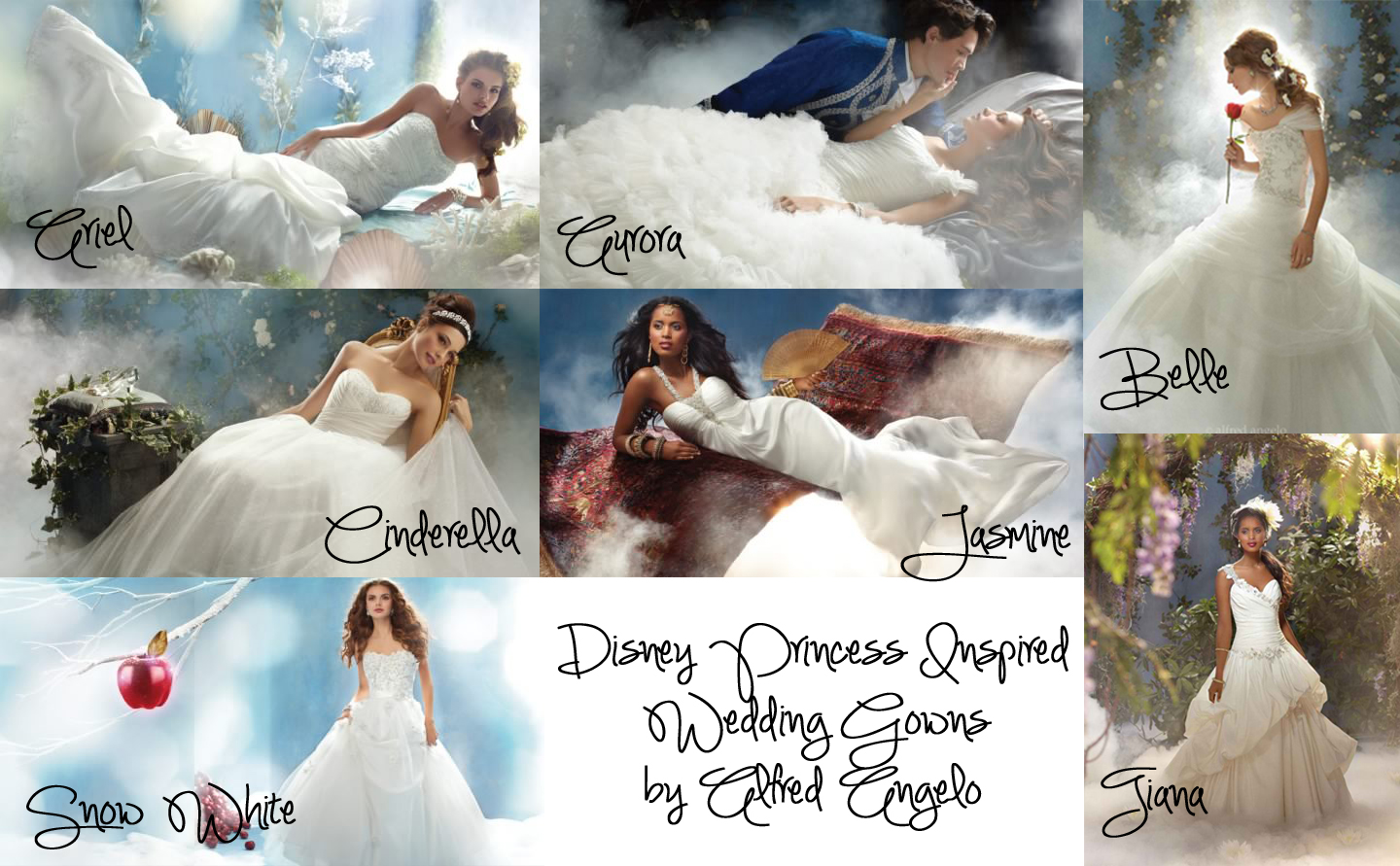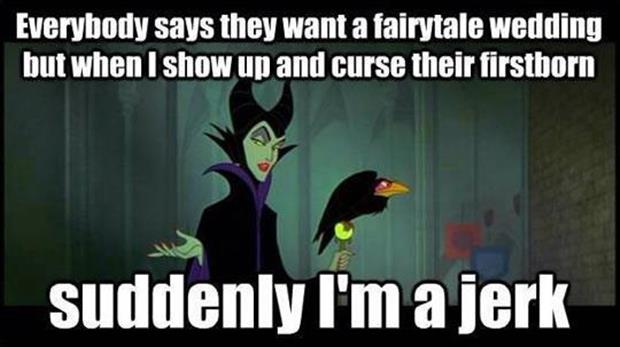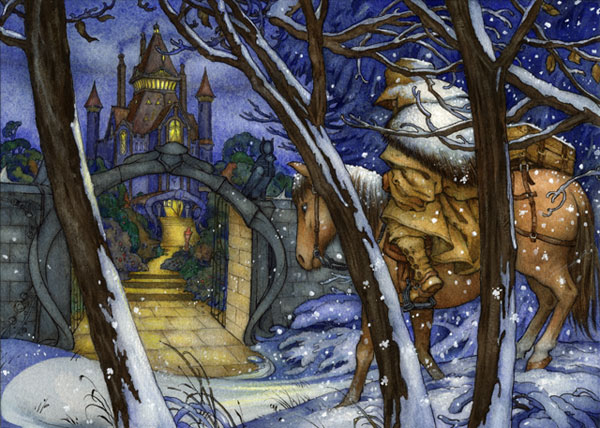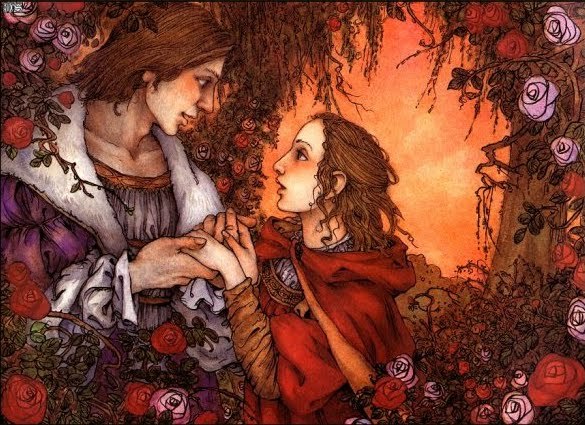Image from here
I'm certainly not the first person to talk about this, but it's been on my mind lately since I've been planning my own wedding. As soon as you start looking at dresses, locations, etc., a bride-to-be keeps hearing the phrase "fairy tale wedding." Businesses want to endorse the image of the wedding being the most perfect day ever so that you'll justify spending exorbitant amounts of money for your special day. But implicit in the phrase and what it is supposed to mean is a misunderstanding of fairy tales in general.
The "fairy tale wedding" is, in theory, the couple's ideal, dream wedding. This coming from the misconception that fairy tales themselves are ideal. And in one sense, the happy endings do generally tend to be ideal, but they're more of a well-deserved rest for the main characters who have been through hell (sometimes literally) and back. But even then, you don't hear much detail about what makes it so happy, or the wedding itself, even though many fairy tales do end with a wedding. Some folktales end with a line about being invited to the wedding, and eating their fill and having wine run over their beards (see my beyond happily ever after post), but I highly doubt this is what bridal stores have in mind when they use the phrase "fairy tale wedding."
Someone had asked me in the comments if I was going to do a fairy-tale themed wedding. I honestly don't know how I would go about doing that-it seems the most common way is to pay ridiculous amounts of money for products that allude to Disney Princess movies. I could have spent quite a bit of my budget on one of these Alfred Angelo gowns inspired by classic Princesses:
But without the backgrounds you really wouldn't even know they were supposed to be Disney at all. Do any of you have ideas for how to allude to fairy tales without bringing Disney into the equation? I was looking through one book at my library that had suggestions for a fairy tale themed wedding. Some I thought were cute, like to make your invitations look like a page out of a storybook. Others I thought laughable, like to put your flower girl in a "before transformation" outfit and have her carry a pail down the aisle, and for an older woman to dress up like the fairy godmother and touch the bride with a wand. It's a wedding, not a play. And I'm pretty sure our bridal party would hate us if we made them dress in medieval costumes like the book also suggested.
I would watch episodes of "Say Yes to the Dress" like it was my homework while I was dress shopping, and one episode I thought was particularly ironic. I'm pretty sure it was Season 3, episode 3, titled "Once Upon a Dress," and the theme tying all the brides together was the idea of the fairy tale wedding. As happens so often on that show, one bride had particularly rude sisters with her, who were insulting her body and everything she tried on. The narrator at the end said something like, "for some brides, dress shopping is nothing like a fairy tale, as [insert bride's name] had to deal with the harsh words of her sisters." And I was like...are you kidding? That is EXACTLY like a fairy tale. It could hardly be more like Cinderella! Cinderella is defined by her cruel mother and sisters much more so than her wedding.
So, if any of you have ideas/links to share of wedding ideas that are fairy tale but not overtly Disney, please share in the comments! I have a future post in the works.
Also, I think this image perfectly captures, in my mind, the disconnect between people's conception of fairy tales in general/"fairy tale weddings", and what actually happens in fairy tales:
(Google images got it from here. I'm pretty sure I already saw this meme on Asshole Disney)












